AHA 2021: Late-breaking Science Video Collection
Published: 12 November 2021
-
Views:
 3580
3580
-
Likes:
 7
7
-
Views:
 3580
3580
-
Likes:
 7
7
-
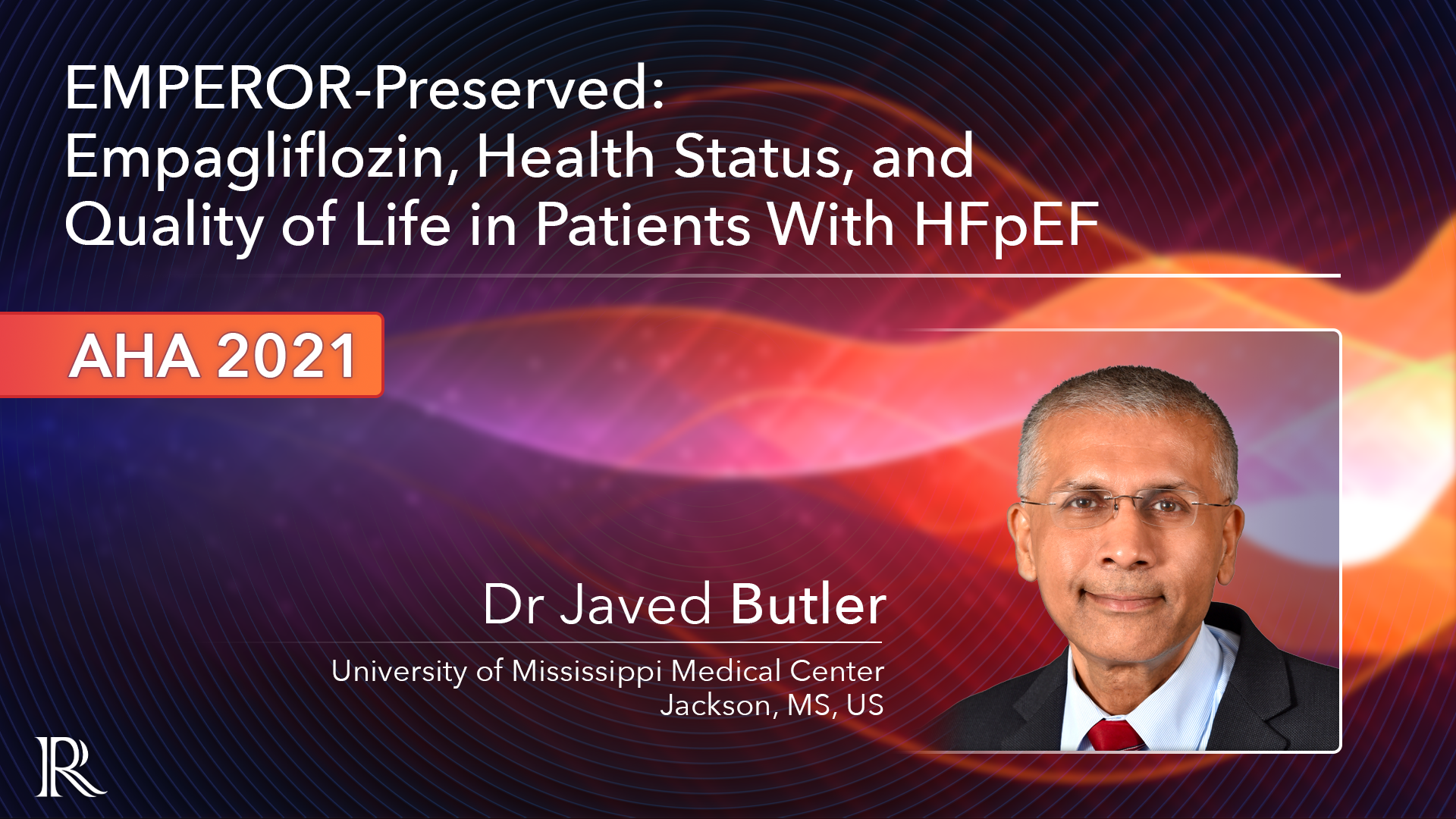 Up Next
Up Next -
 10m 20s
10m 20s -
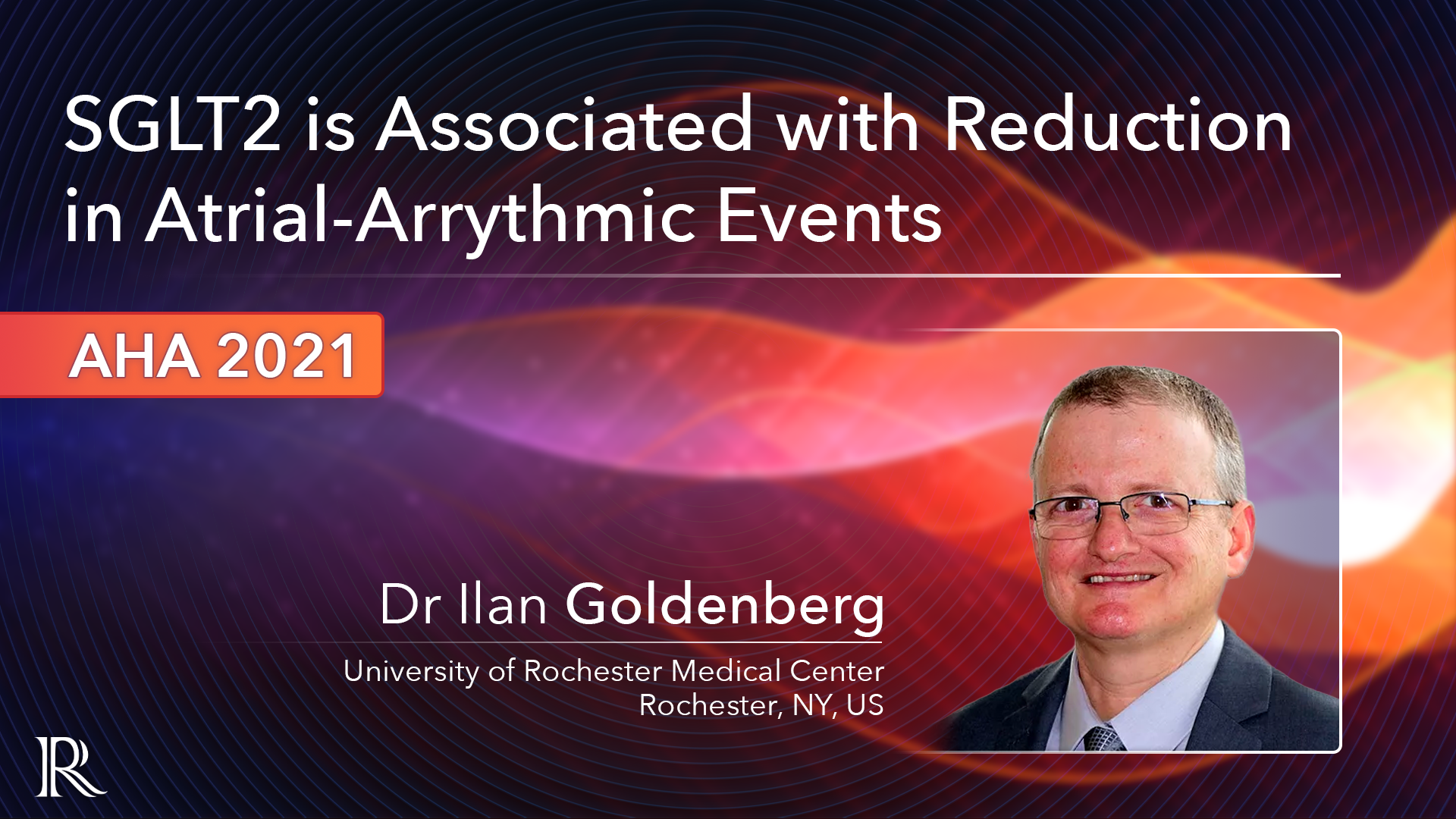 4m 26sPart 3 | Session 7 SGLT2 is Associated with Reduction in Atrial-Arrythmic Events
4m 26sPart 3 | Session 7 SGLT2 is Associated with Reduction in Atrial-Arrythmic Events -
 8m 26sPart 3 | Session 8 SMART-CRT: Effects of AV Optimization on CRT Outcomes
8m 26sPart 3 | Session 8 SMART-CRT: Effects of AV Optimization on CRT Outcomes -
 10m 10s
10m 10s -
 22m 15s
22m 15s -
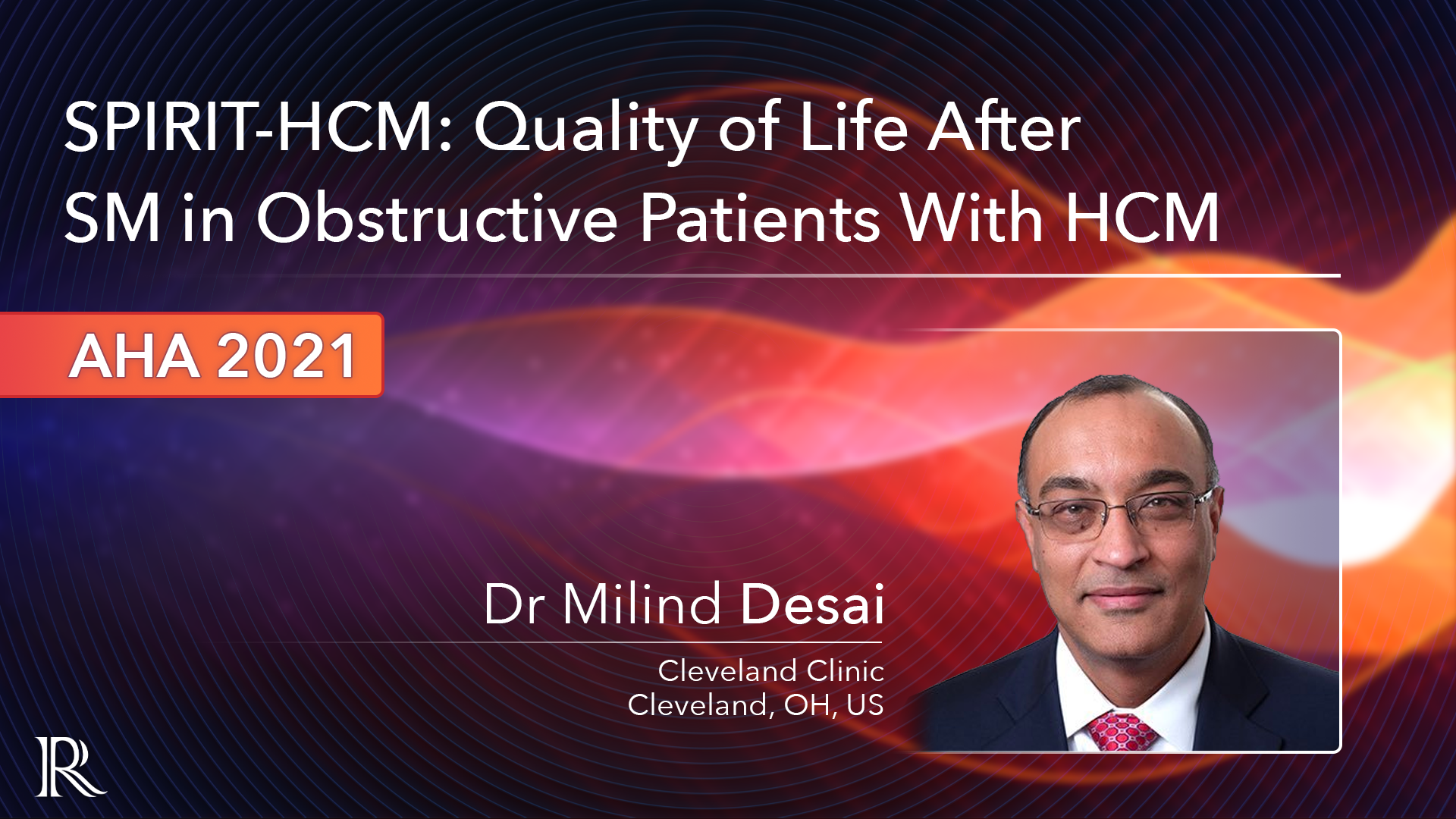 11m 55sPart 3 | Session 11 SPIRIT-HCM: Quality of Life After SM in Obstructive Patients With HCM
11m 55sPart 3 | Session 11 SPIRIT-HCM: Quality of Life After SM in Obstructive Patients With HCM
-
 16m 38sPart 1 | Session 1 AHA 2021 Late-breaker Discussion: The EMPULSE Trial Harriette Van Spall, Adriaan A Voors
16m 38sPart 1 | Session 1 AHA 2021 Late-breaker Discussion: The EMPULSE Trial Harriette Van Spall, Adriaan A Voors
-
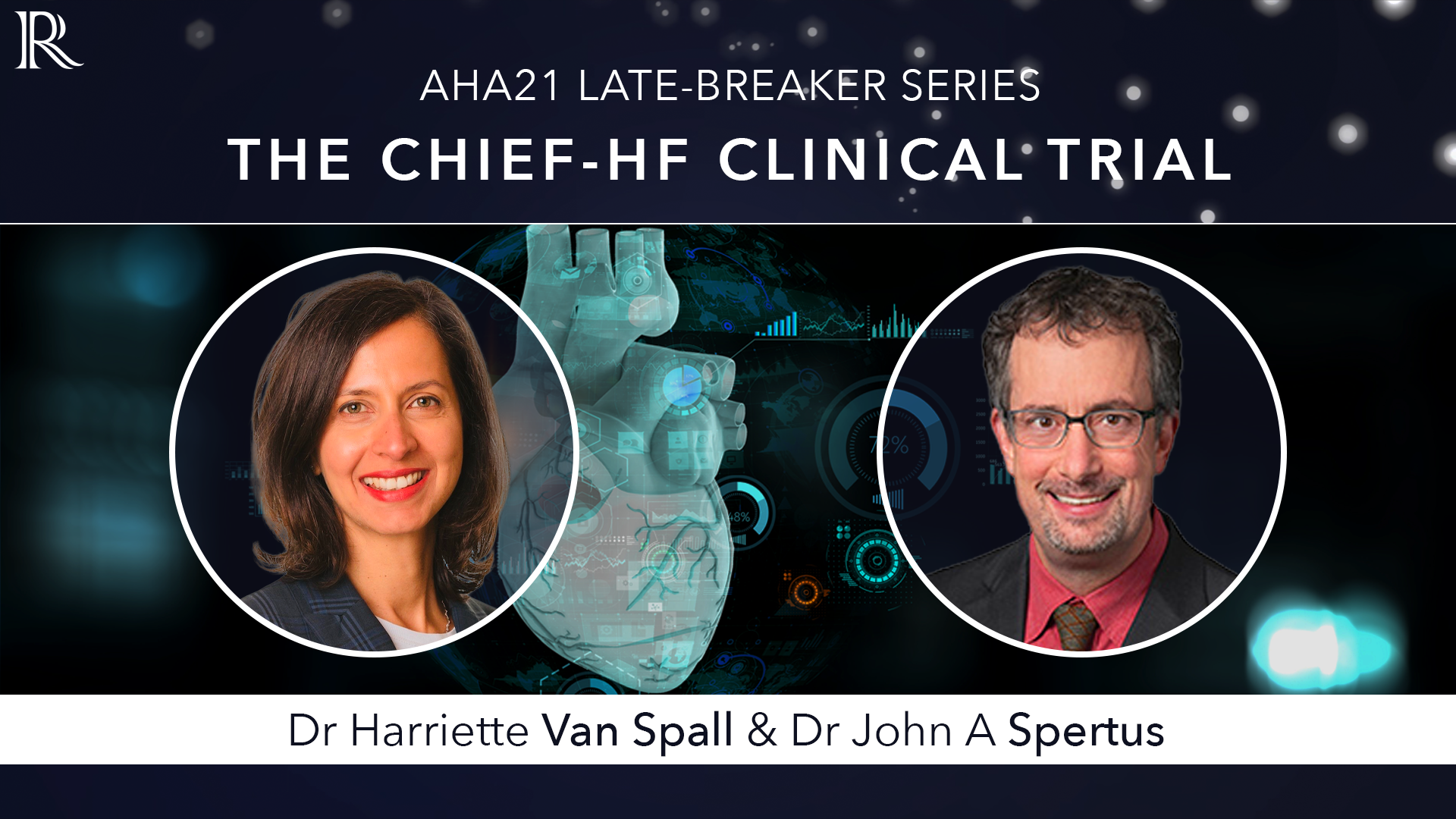 16m 2sPart 1 | Session 2 AHA 21 Late-breaker Discussion: The CHIEF-HF Clinical Trial John Spertus, Harriette Van Spall
16m 2sPart 1 | Session 2 AHA 21 Late-breaker Discussion: The CHIEF-HF Clinical Trial John Spertus, Harriette Van Spall
-
 12m 12sPart 1 | Session 3 AHA 2021 Late-breaker Discussion: The Digital Care Transformation Study Alexander J Blood, Harriette Van Spall
12m 12sPart 1 | Session 3 AHA 2021 Late-breaker Discussion: The Digital Care Transformation Study Alexander J Blood, Harriette Van Spall
-
 9m 51sPart 2 View from the Thoraxcenter – What's Hot at AHA 2021 Nicolas M Van Mieghem, Joost Daemen
9m 51sPart 2 View from the Thoraxcenter – What's Hot at AHA 2021 Nicolas M Van Mieghem, Joost Daemen
-
 5m 28sPart 3 | Session 1 Population Strategies for the Management of Hypertension Anushka Patel
5m 28sPart 3 | Session 1 Population Strategies for the Management of Hypertension Anushka Patel
-
 5m 41sPart 3 | Session 2 ROSE: CETPi Lowers LDL-C in Patients Taking High Intensity Statins Stephen Nicholls
5m 41sPart 3 | Session 2 ROSE: CETPi Lowers LDL-C in Patients Taking High Intensity Statins Stephen Nicholls
-
 7m 58sPart 3 | Session 3 AXIOMATIC-TKR: Patients Treated with Milvexian Show Reduced Rate of Venous Thromboembolism Jeffrey Weitz
7m 58sPart 3 | Session 3 AXIOMATIC-TKR: Patients Treated with Milvexian Show Reduced Rate of Venous Thromboembolism Jeffrey Weitz
-
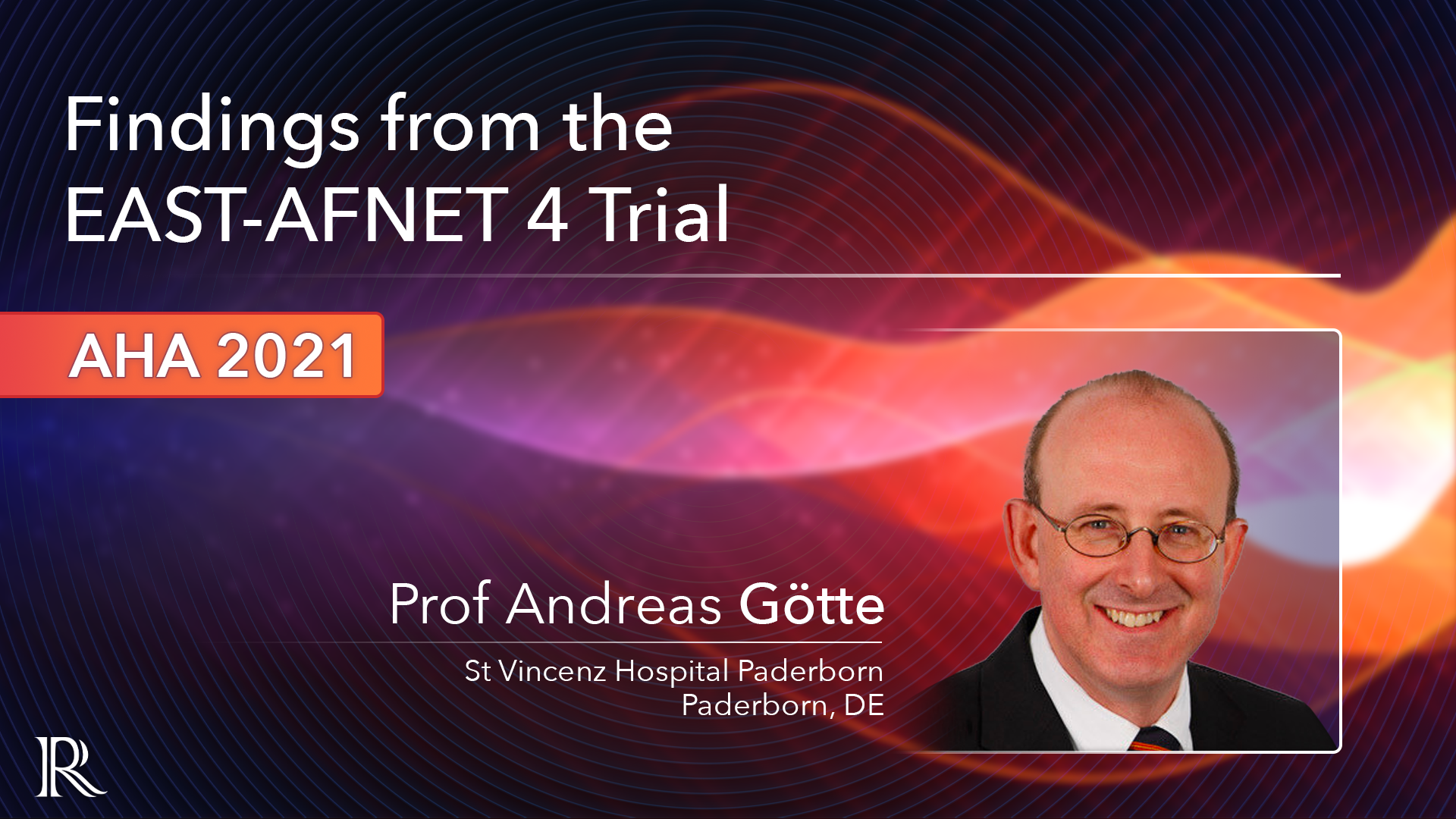 6m 56sPart 3 | Session 4 EAST-AFNET 4: Early Rhythm Control Was Consistent in AF Patterns Andreas Goette
6m 56sPart 3 | Session 4 EAST-AFNET 4: Early Rhythm Control Was Consistent in AF Patterns Andreas Goette
Overview
Our regular review series View from the Thoraxcenter hosted by Prof Nicolas Van Mieghem and Dr Joost Daemen provide a concise and insightful preview of the late-breaking science presented at AHA Scientific Sessions 2021.
For a deep-dive, watch Dr Harriette Van Spall's Late-breaking Discussion series on highly expected trials with principal investigators.
Short, accessible Expert Interviews will be available conducted with select faculty focusing on the results, applicability, and impact on future research.
More from this programme
Part 1
Late-breaker Discussion Series
Part 2
View from the Thoraxcenter: Preview of the Late-Breaking Trials
Part 3
Expert Interviews
Faculty Biographies

Javed Butler
Professor of Medicine
Dr Javed Butler is President, Baylor Scott and White Research Institute, Senior Vice President for the Baylor Scott and White Health and Professor of Medicine at the University of Mississippi, US. He is board certified in cardiovascular medicine and advanced heart failure and transplant medicine. His research interests focus on clinical trials in patients with heart failure.
He serves on several national committees for the American College of Cardiology, American Heart Association, National Institutes of Health, and the Heart Failure Society of America. He is the recipient of the Simon Dack Award by the American College of Cardiology as well as the Time, Feeling, and Focus Award by the American Heart Association.
Prof Butler has authored more than 900 peer-reviewed publications. He serves on the editorial board of several peer reviewed cardiovascular journals and has been cited numerous times in America’s Best Doctors list.
Transcript
Rationale for the Study
So the rationale for EMPEROR-Preserved trial was to assess the impact of empagliflozin on outcomes in patients with heart failure and preserved ejection fraction. Obviously, we know before EMPEROR-Preserved came out, that there was no trial that has ever been a positive for its primary end point. So this was a big unmet need. The study that was presented here at the American Heart Association was focusing on the quality of life outcomes in patients with heart failure and preserved ejection fraction and how it was impacted by the use of empagliflozin. And there are sort of two questions that people ask. One is obviously our patients not only want to live longer and have less hospitalisation, that obviously is very important. But also whether the therapy improves their quality of life and health status. So that's sort of one question. And then the second question is, are there some patients who are just too sick or too healthy at baseline to actually benefit from medical interventions? So what is the impact of health status on clinical outcome and what is the impact of therapy on health status? So these were the two questions that we are asked in this particular study.
Health Status
So the health status was measured with the use of a validated questionnaire called Kansas City Cardiomyopathy Questionnaire. We use the 23-question version. These questions are then divided into three domains. So one domain is related to symptoms, so symptom frequency and symptom burden that is called TSS, total symptom score. If on top of the total symptom score you add physical limitations, then it becomes CSS or clinical summary score. And on top of clinical summary score, if you add other domains like sexual function, social integration, quality of life, then it becomes OSS, overall summary score. So all patients in the trial were asked to fill out this questionnaire at baseline to get an idea where is the starting point, and at three points during the trial. At three points to assess early changes, at eight months to assess intermediate. And then at 12 months to see sustainable changes.
Design and Patient Population
So EMPEROR-Preserved trial included patients, close to 6,000 patients that had a history of heart failure with preserved ejection fraction. Their comorbidities for treated to standard of care, they either needed to have elevation in natriuretic peptide level or a heart failure hospitalisation within the year prior to enrollment, and some evidence of structural heart disease on an echocardiogram, either left atrial enlargement or left ventricular hypertrophy, some sort of structural changes. So history of heart failure with preserved ejection fraction, natriuretic peptide or heart failure hospitalisation, and evidence of structural heart disease. These were the patients that were enrolled and were randomised to either placebo or empagliflozin 10 milligrammes, and were followed for outcomes and see how they do.
Key Findings
So the key findings in the overall trial were presented earlier and have already been published in that empagliflozin reduced the risk of cardiovascular death and heart failure hospitalisation, total heart failure hospitalisation, and preservation of eGFR slope or preservation of renal function. These were three aims for which the trial was tested. Again, what we presented here at the American Heart Association was to focus on health status. So there were two questions that we assessed. One was did the baseline health status affect the benefit from the drug on the patients' outcomes? And the answer was no. We divided the patients on the basis of baseline tertiles of clinical summary score. And whether you started at the lower end of the health status, really not feeling well. Or at the higher end that you were doing sort of okay, or in the middle. None of that matters in all three groups of patients, had benefit in their clinical endpoint of cardiovascular death and heart failure hospitalisation. Now, the second issue was to assess whether empaglifozin improves health status. So again, we saw the benefit. There was a statistically significant improvement early when we first measured at three months. And that was sustained both at 8 months and at 12 months. So early benefit and was sustained. What is the standard in the field of health status and quality of life measurement, is to do something which is called a responder analysis. So what you do is you look at various threshold, 5-point, 10-point, 15-point improvement, or 5-point deterioration. So we measure all of this CSS, TSS, OSS. 5-point, 10-point, 15-point improvement. 3-month, 8-month, 12-month improvement. And the summary is that we consistently showed that with the use of empagliflozin, health status was improved at all threshold, all domains in an all-time points. And patients who were randomised to placebo showed worsening of their health status.
Take-Home Messages
The take home messages are that patients with heart failure and preserved ejection fraction in the absence of a contraindication or intolerance, or some other reason should be treated for clinical endpoints, risk for heart failure hospitalisation, cardiovascular mortality, total heart failure hospitalisation. However, now with this study, we also have the data that we can discuss with their patients that not only should they expect improvement in clinical outcomes, but they should expect improvement in their health status and quality of life as well. The next step obviously is that clinical medicine is a two-front war. First is to generate evidence to know what works, but the second is evidence implementation.
Next Steps
So the next steps are to go through all of these data, see what the guidelines say, and good amount of medical education for our practicing clinicians, doctors, and nurses. And the eventual goal is to have the therapy be implemented to the patients that have the indication for this therapy.







